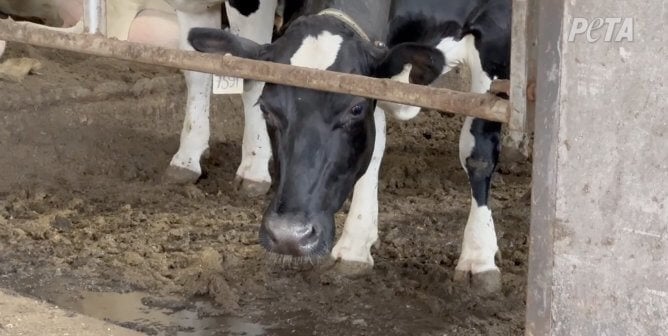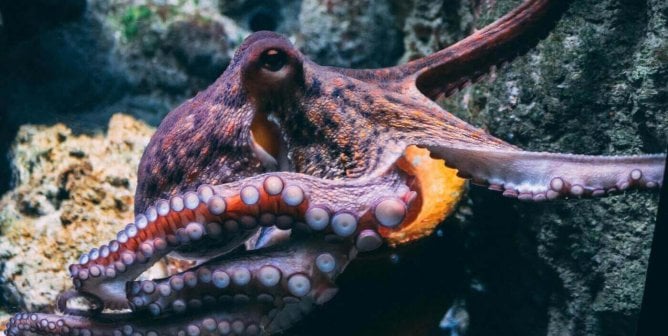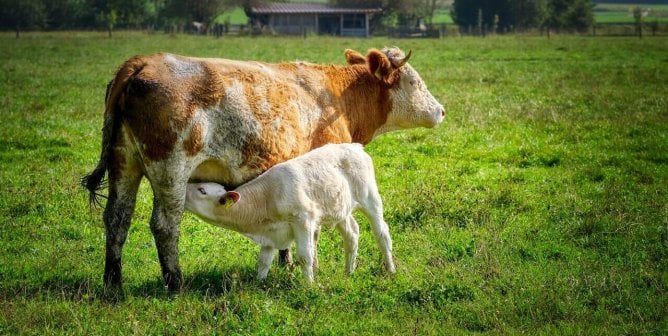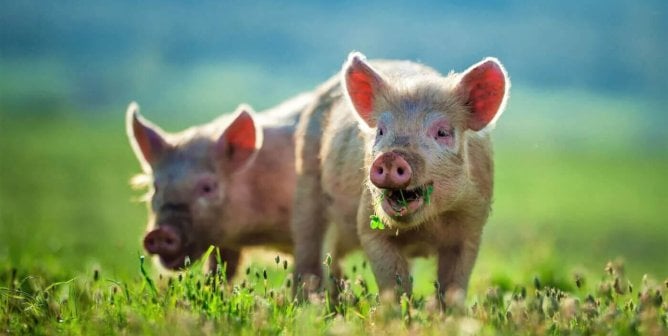The Hidden Lives of Chickens
Like all animals, chickens love their families and value their own lives. Their social nature means that they’re always looking out for their families and for other chickens in their group. People who have spent time with them know that they have complex social structures and adept communication skills, just as we do.
They can complete complex mental tasks, learn from watching each other, demonstrate self-control, and worry about the future. Chickens comprehend cause-and-effect relationships and understand that objects still exist even after they’re hidden from view.
For more fascinating facts and stories about animals like chickens, pick up the bestselling book Animalkind.
Social Smarts
When chickens are in their natural surroundings, not confined to factory farms, they form complex social hierarchies, also known as “pecking orders,” and every chicken knows his or her place on the social ladder, remembering the faces and ranks of more than 100 other birds. Scientists agree that their complex social structures and good memories are undeniable signs of advanced intelligence comparable to that of mammals.
People who have spent time with chickens know that each bird has a unique personality that often relates to his or her place in the pecking order. Some are gregarious and fearless, while others are shy and watchful. Some enjoy human company, while others are standoffish or even a bit aggressive. Just like every dog, cat, and human, each chicken is an individual with a distinct personality.
Researchers have also found that chickens have a cultural knowledge that they pass down from generation to generation. In a study at Bristol University, chickens were fed a mixture of yellow and blue corn kernels. The blue kernels were tainted with chemicals that made the birds feel sick, and they quickly learned to avoid the blue corn. When these hens’ chicks hatched, yellow and blue corn was spread around the farm (this time, it was harmless), and the mother hens remembered that the blue corn had previously made them sick, so they carefully steered their young away from it.
Chickens also have impressive communication skills. They have dozens of types of vocalizations that they use to distinguish between threats that are approaching by land and those that are approaching over water, and a mother hen begins to teach these calls to her chicks before they even hatch. She clucks softly to them while sitting on the eggs, and they chirp back to her and to each other from inside their shells.

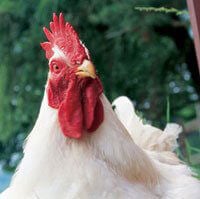 Leading animal behavior scientists from around the globe know that
Leading animal behavior scientists from around the globe know that 
